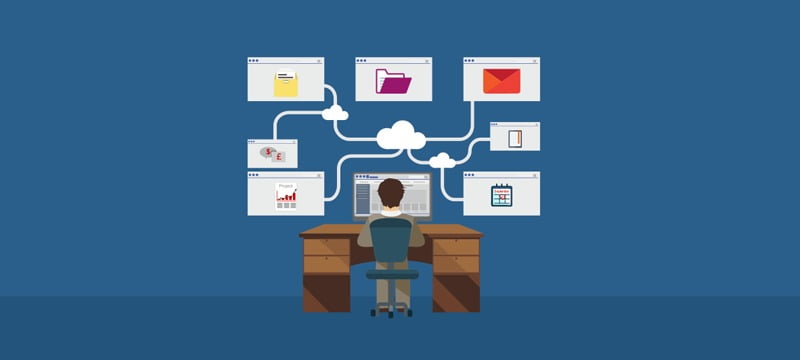Today we are going to talk about one of the latest trends: distributed cloud services. The idea of distributed cloud took shape with the constant advance of edge computing, the uses of IoT, and 5G technology. Experts already consider this technology as one of the main trends for 2021.
But what exactly is this model, and why will the term be heard more and more in organizations? We are going to tell you about it below.
What is the distributed cloud?
Distributed cloud is a model based on the distribution of public cloud services to different physical locations. However, issues such as governance and operation remain part of the responsibility of a public cloud provider. We talk about decentralizing the cloud but maintaining centralized control.

Amazon Web Services (AWS) Outpost is one of the first known examples of distributed cloud, but we already see initiatives from IBM, Google in partnership with AT&T and Microsoft with Vodafone.
What are the benefits of the distributed cloud?
But why it has become a trend? By understanding the benefits of this type of solution, it is easier to understand the reasons.
This system guarantees:
- Low latency: Near real-time access to rapidly changing data when operations are closer to those who need the resources.
- Control: Infrastructure can be managed between public and private clouds in a consistent manner.
- Reduced network risks: Network failures are reduced as all cloud services can also be in local subnets, operating intermittently.
- Distribution: There is an increase in the number of available locations where cloud services can be hosted and consumed. The trend is growing with the need to reduce latency between devices due to advances in IoT and 5G.
How will the distributed cloud be used?
It is still difficult to predict all the possible outcomes of this cloud system. For now, it is possible to say that it will cover everything from managing the multi-cloud to increasing the scalability of the development area.

Data centers: With the distributed cloud, we no longer need to create dedicated data centers in different countries and regions. It is now possible to expand the infrastructure without having to make physical data centers in those locations.
Content delivery: The gaming and streaming market will undoubtedly use the distributed cloud to enable content delivery to occur closer to end-users.
Compliance: New regulations such as GDPR work on the idea that a user’s IP cannot travel beyond their country. It helps process IP directly in the user’s country.
IoT and AI: From autonomous vehicles to industrial automation, new AI and IoT trends benefit from cloud computing due to low latency.
What to expect for the future?
Not surprisingly, many large technologies are already working with the distributed cloud concept. With the emerging technologies we have today, the flexibility provided by this type of solution will be more than needed.
Of course, we have yet to see the advent of the distributed cloud, mainly because new solutions may emerge simultaneously.




